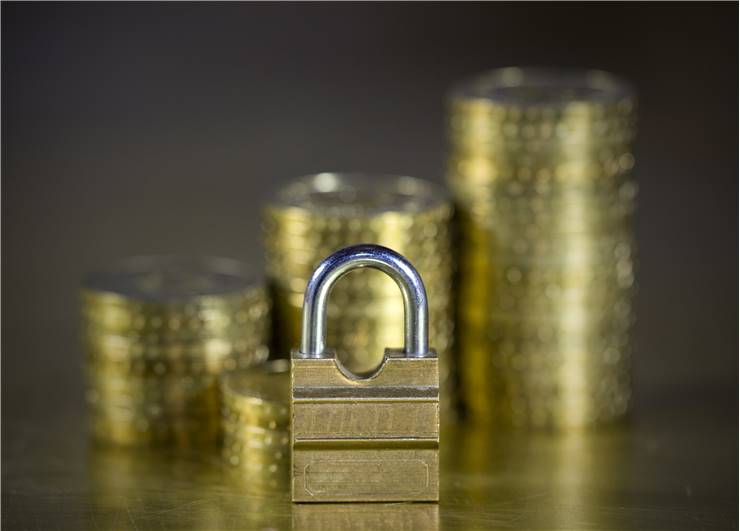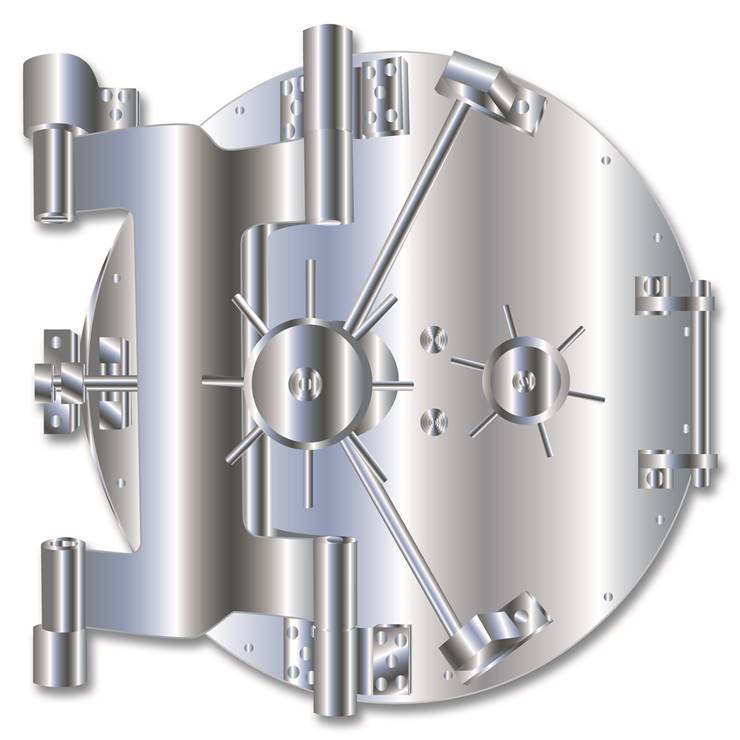History of Safes and Bank Vaults
Among the many uses of lock mechanisms over the last 3 thousand years, one of the most famous one happened in the fields of safes – lockable enclosures that are used for storing valuable items against damage, theft and intrusion. For more than 2 thousand years, safes were primarily created mostly as an artistic endeavor, with intricate designs and that were protected with simple and easy to break (or picked) locks. During the past 200 years, great advances in metallurgy enabled creation of much more secure safe (also known as coffer, strongbox, vaults and strong rooms) designs which give their owners maximum protection for their valuables.
Effectiveness of safes was always closely tied to the effectiveness of the locks that protected them. In ancient Egypt, all lock mechanisms were made from wood and were because of that expensive to produce, complicated to design, susceptible to the damage from the elements, long age and forceful entry. During roman age, advances in molding iron, silver, gold and bronze created much smaller, reliable and durable locks, but they were relatively easy picked or forced open. Majority of the safes made in ancient times and European middle ages were made from wood, sometimes reinforced with iron bands, and locked with metal locks that were not very efficient.

Until 1700s almost all safes were created from wood, richly designed and decorated, with locks that were purposely made to be more complicated and devious (elaborate keys, multiple locks, fake locks holes, hidden locks, and many other techniques for slowing down or tricking lock pickers). Locking mechanisms which were infused into top lid become over time ever more and more heavy, forcing the manufacturers to move them to the now more common door design.
Refinement of metallurgy techniques and new lock designs in 18th and 19th century brought a true revolution into the world of safes. Introduction of steel enabled creation of much more durable safes which were fire resistant, chemical resistant, and much harder to crack. Burglary safes in particularly are designed to withstand various types of unauthorized intrusion, with security ratings spanning form resisting attacks that last as little as 5 minutes all up to 20 hours and more.
Before wide adoption of steel and modern metallurgy techniques popularized vaults, banks and other institutions who wanted to protect their wealth and confidential items used reinforced rooms, which offered some but not nearly all security features of modern steel vaults. As the metal industry adopted steel, vault started appearing all around the world, giving banks, large businesses, casinos, schools and military buildings perfect place to store their intellectual properties, valuables and dangerous objects. Modern vault features walls that are incredibly thick (40cm or more), encased with strengthened concrete and feature the most complicated locking mechanisms known to mankind. Two bank vaults have also managed to protect its belongings against nuclear blast – one in Hiroshima (Mosler Safe in Teikoku Bank) and one above ground safe that was part of nuclear testing in Nevada Test Site.


